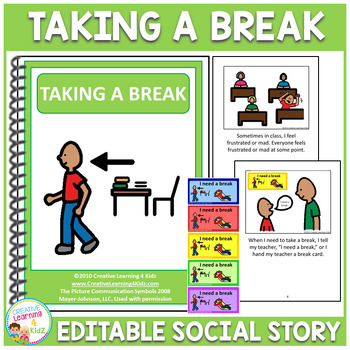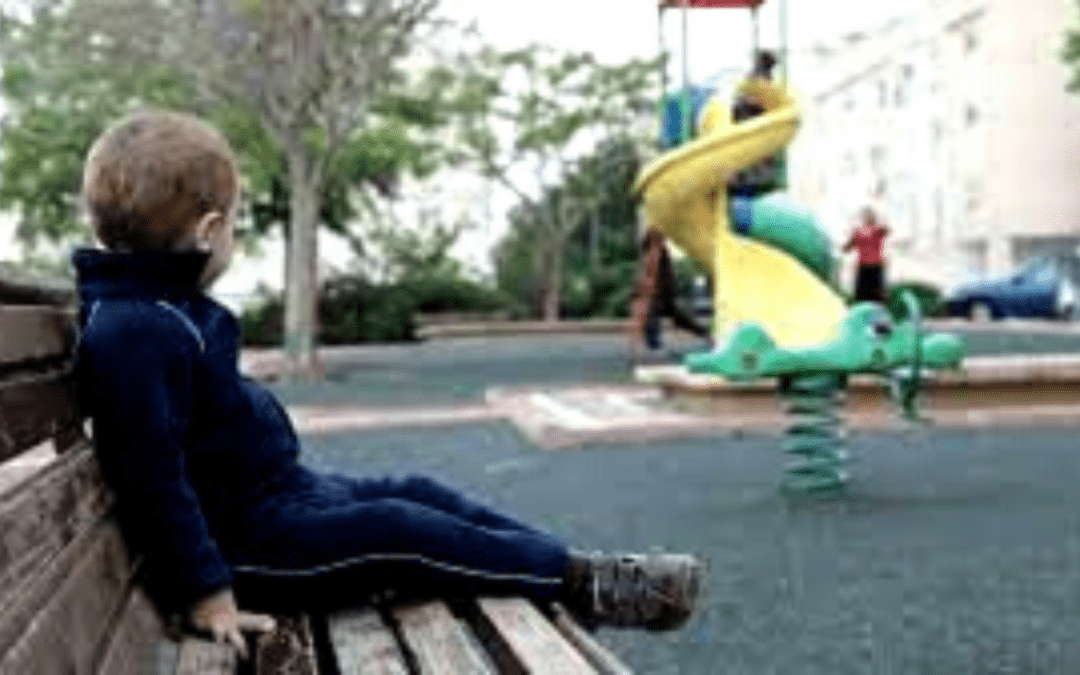For most of us, there comes a point in the day where we need to step away from the demands of a job or family. Some people have a break built into their day, while others decide when they need a break and take it. Students may have recess as their ‘break’, factory staff may have a specific scheduled time, and stay-at-home parents may have ‘quiet time’ when the kids take naps. If a ‘break’ is not built into our day, most of us know socially appropriate ways to get that break when we need it–we tell the group we are going to the bathroom, or fake a phone call, or get coffee. Basically, we know how to hide the fact that we have had enough and need to get away!
Individuals with autism need a break from the demands of their life also; however, the typical ‘breaks’ that others find restful can be stressful and seem like ‘work’ for the child with autism. [See our Life Connections blog on ABA services here.] Recess might not be fun as it might feel like “social work”. Children with autism also struggle to verbally communicate their internal exhaustion and need for a break so they use other behaviors to step away from the difficult demands; things like running, looking away, refusing to participate, yelling, dropping to the floor and many other behaviors. These behaviors may serve as a way to communicate ‘I need a break.’

In Applied Behavior Analysis (ABA), a more appropriate way to request a break is taught so that the person with autism does not need to use the challenging behaviors to indicate that they have had enough. Behavior Technicians use visuals (such as the ones pictured) and pair them with verbal communication to model how to ‘take a break.’ A client may drop to the floor, so the Behavior Technician presents the picture of ‘break’ to the client, labels the action (‘You need a break’) then has the client take the card and go to a break area or the Behavior Technician steps away. The client will return to the task or activity, but when they are ready.
Taking a break from work or difficult tasks or overwhelming environments is a critical skill for all of us. ABA teaches children with autism how to take that break appropriately so that they can independently meet their needs.
Alyson Beytien, BCBA, MS-Autism, LBA
Director of Autism Services
Because Life is All About Connections
Life Connections provides in-home Behavioral Health Intervention services, Therapy services, autism (ABA) services and Children’s Mental Health waiver services in our 13 office locations and approved schools across Iowa. Life Connections was founded in March of 2009 with the intent to serve the children and families of Cedar Rapids and surrounding cities.
Life Connections is a highly professional and caring counseling and behavioral health provider. We offer a wide array of services to treat mental health issues including Applied Behavior Analysis Services, Behavioral Health Intervention Services, mental health therapy, school-based therapy programs, and substance use treatment.
For more information, please call 319-409-6922.
Resources:
- National Suicide Prevention Hotline 800-273-8255
- Crisis Text line text to 741741
- The Trevor Project – for LGBTQ+ young adult community 866-488-7386
- Rape, Abuse, and Incest National Network 800-656-4673
Start Your Services
Start Mental & Behavioral Health Services with Life Connections | Because life is all about connections.

